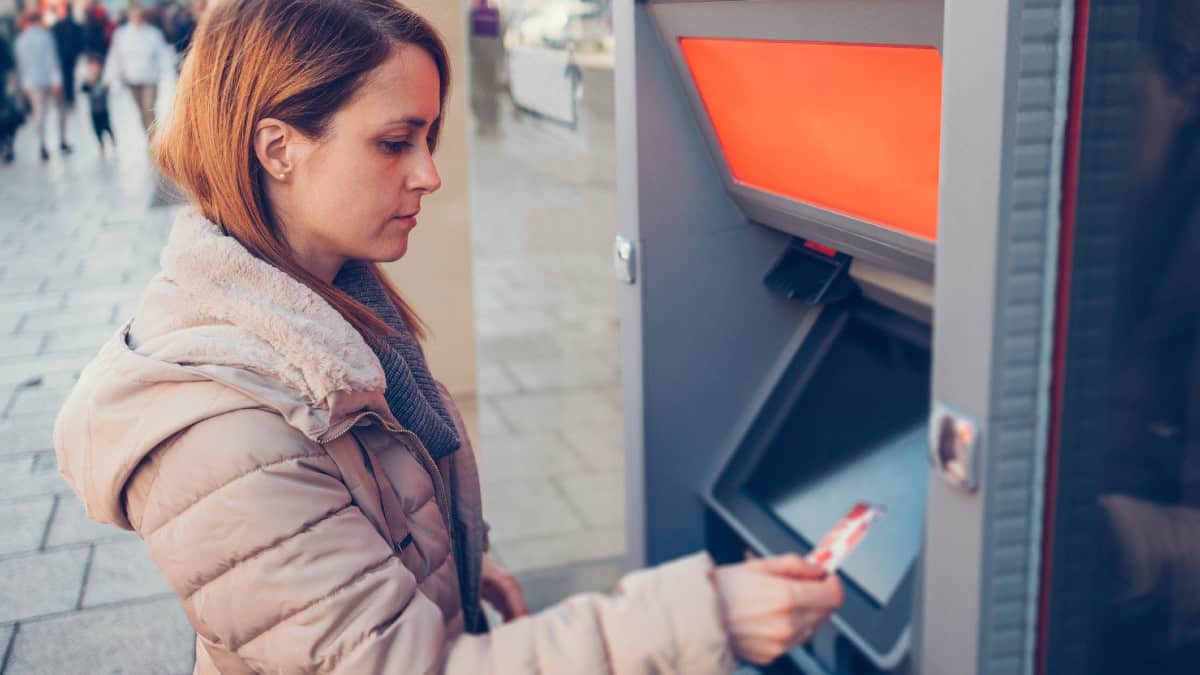2023 looks set to be a tough year for living costs. Having a passive income stream to boost my earnings would definitely be attractive.
In this article, I’ll explain how I’d start building a passive income today — including some investments I might choose.
Getting started
Unfortunately, there’s no escaping the reality that some cash is needed to get started.
This means that the first thing I’d do would be to work out how much I could afford to save. As a working person, I’d aim for a regular monthly amount. But occasional lump sums can work well, too.
The next step I’d take would be to open a cash savings account, if I didn’t have one already. I wouldn’t start investing in the stock market before I had a cash emergency fund. I’d aim for three-to-six months’ living expenses.
The good news is that interest rates of 3% or more are readily available for savers now. So it’s possible to generate some passive income and build up savings at the same time.
A rate of 3% will provide £30 of income per year for every £1,000 of savings.
Stock market funds
I’d build an emergency fund (and pay off any credit cards) before I started investing in the stock market. Shares and funds can rise and fall in value unpredictably. Selling at the wrong time runs the risk of locking in short-term losses.
Last year, for example, the UK’s FTSE 100 index fell by 10% on two occasions, before bouncing back again shortly after.
If I had up to £100 a month to invest, I’d probably avoid investing directly in individual shares. Even if I used an app-based challenger broker with no dealing charges, I’d find it hard to build a balanced, diversified portfolio.
Instead, I’d invest my money monthly in a FTSE 100 index tracker fund. I’d choose the FTSE because it has a higher forecast dividend yield (3.9%) than most other major indices at the moment.
That would help me to maximise the money I’d receive from my investments.
Investing directly in shares
By carefully selecting a portfolio of high-yielding shares, it’s usually possible to generate a higher level of income than the FTSE 100 can provide.
If I had a little more money to invest each month, I’d aim to build a portfolio of 15-20 shares, spread across different sectors of the market.
Here are some examples of the kind of well-known names I might choose to buy. I’ve put each stock’s forecast dividend yield alongside the company’s name:
- Tesco (4.4%)
- Aviva (7.7%)
- NatWest (5.9%)
- National Grid (5.6%)
- Schroders (4.9%)
Some other companies I might consider include packaging group DS Smith (5.2%), tobacco group Imperial Brands (7.3%) and pharmaceutical group GSK (4.0%).
Of course, investing directly in companies carries extra risk compared to an index fund. If one of my companies hits serious problems, the loss of value in my portfolio is likely to be much bigger than with a fund.
However, in my experience, focusing on large, well-established and profitable businesses helps to manage these risks.
This is the approach I’d take if I wanted to start building a passive income today.








